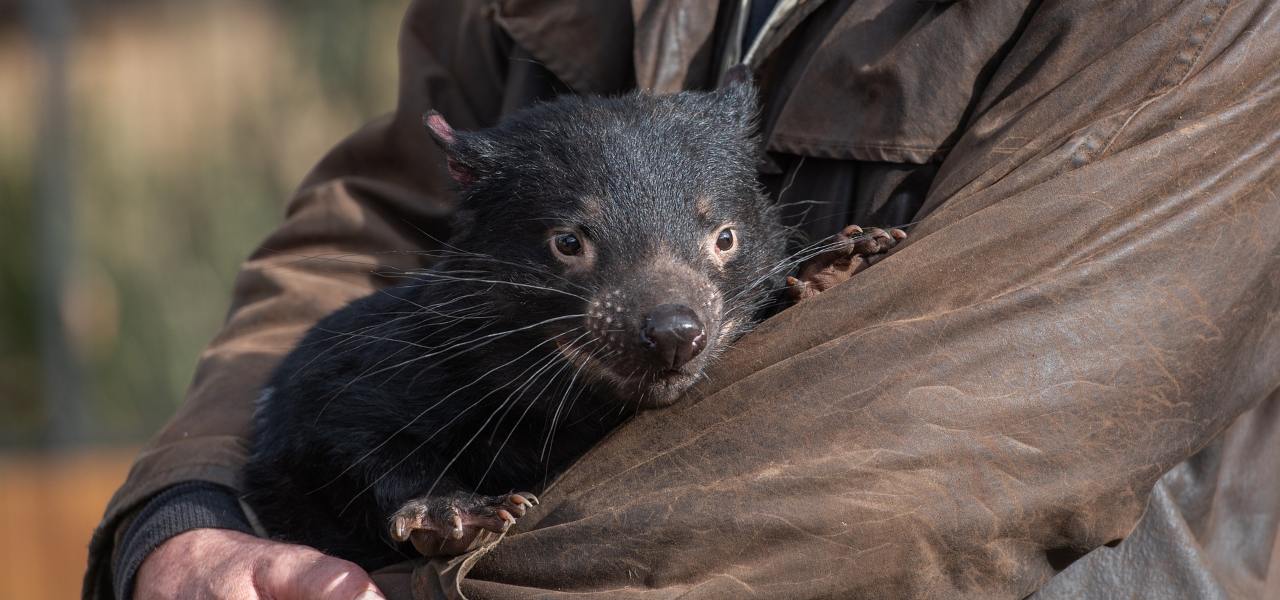Il Tasmanian Devil would be disappearing due to cancer, and that could influence evolutionary genetics of the spotted-tailed quoll, a subordinate predatory species, known above all by the name of marsupial cat native to Australia. As the breaking latest news agency reports through its portal, this situation was made public by research in Nature Ecology & Evolution. Globally there is a real decline of Tasmanian Deviland is causing some cascading ecological effects, starting with a reduction in competition and an increase in the activity of mid-range predators in the ecosystem immediately after the Tasmanian devil, also known as mesopredators. A transmissible infectious cancer is exterminating the species, and it is precisely tdevil facial mood also called DFTB.
Andrew Storfer of Washington State University and his colleagues collected the data, looking for evidence of “genetic variation and natural selection associated with differences in DFTD prevalence and geographic location,” as the study further specifies. Act. And again: “The scientists found that quolls in areas with a similar prevalence of DFTD were more genetically similar than those located in areas with a different distribution of DFTD and, therefore, Tasmanian devil population density, which it could indicate selective dispersal or selection acting against individuals from different environments.”
TASMANIAN DEVIL TOWARDS EXTINCTION: SELECTION ACTING ON MUSCLE GENES
The team of scientists finally also demonstrated the existence of one selection that would act on the genes responsible for muscle developmentbut also feeding behavior, locomotion, linked to differences in the prevalence of DFTD, and devil population densities.
According to what the authors explained in their study, all these traits could be involved in competition between quails and devils, consequently they would affect differently when Tasmanian devil numbers decline. Finally, the researchers let it be known that their “community landscape genomics” approach can be useful for having a greater understanding of evolutionary consequences linked to the decline of predators globally.
© ALL RIGHTS RESERVED
